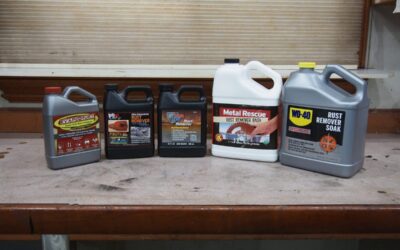Premium bike care for a ride in style.
Revitalize your ride with customized bike care, unbeatable convenience, and the thrill of the open road!
Premium car care for a lifestyle upgrade.
Tailored car care, unmatched convenience, driving joy! Enhance your driving experience effortlessly
Expert Car and Motorbike Care
Experience peak performance and aesthetic excellence with our guide to Car and Motorbike Care. Uncover expert tips and premium products for comprehensive maintenance, ensuring your vehicles stay in top-notch condition. Elevate your ride today!

Exterior Care
Redefined elegance awaits with our Exterior Care service at our center. Elevate your car’s appearance for a sleek and polished finish.

Inerior Care
Revitalize your car’s interior at our center. Expert care for a refreshed and inviting driving experience.

Cleaning Kits
Revamp your car’s appeal at our service center with the Car Cleaning Kit. Expert care for a polished and refreshed ride.
Car and Motorbike Care
Rust Converter Vs Rust Remover: Unveiling the Best Solution
Rust Converter Vs Rust Remover: Which One Do You Need? Get ready to learn about rust solutions in a fun way! What is Rust? Rust is what happens when iron meets oxygen and water. It's not good for metal. Meet the Rust Fixers: Converter and Remover There are two heroes...
Rust Converter Vs Rust Killer: Ultimate Rust Remedy Battle
Rust Converter Vs Rust Killer: Choosing the Best Solution for Rusty Surfaces Rust is not a friend to metal. It can damage bikes, cars, and tools. To fight rust, you have two main warriors: Rust Converter and Rust Killer. What is Rust Converter? A Rust Converter is a...
Rust Converter Vs Rust Dissolver: Ultimate Corrosion Battle
Rust Converter Vs Rust Dissolver: Which One is Right for You? Do metal objects at home look rusty? You need the best fix for it! You may hear about rust converters and dissolvers. Both help fight rust. But they are not the same! Let's explore each one. Credit:...
Rust Inhibitor Vs Rust Remover: Battle for Durability!
Rust Inhibitor Vs Rust Remover: All You Need to Know Welcome, curious minds and caretakers of metal objects! Do you find rust confusing? You're not alone! Today, I'll tell you about rust inhibitors and rust removers. Lets start with what makes them different. What is...
Jenolite Rust Converter Vs Remover: The Ultimate Battle
Jenolite Rust Converter Vs. Remover: Which One Should You Choose? Rust can be a real bother for metal objects. It makes them weak and ugly. But don't worry! You have help. You can use products to fight rust. Credit: www.ubuy.vn Understanding Rust and Its Effects Rust...
What is the Difference between Rust Remover and Rust Converter: Unveil the Best Solution!
Understanding the Difference: Rust Remover vs. Rust Converter Keep rust at bay! Learn the key differences between rust removers and rust converters. Credit: www.jenolite.com Introduction to Rust Rust can be a real headache for metal items. Your tools and cars might...
Rust Converter Vs Rust Remover Car: Ultimate Battle
Rust Converter vs Rust Remover for Cars: Best Solutions to Tackle Rust Welcome, car owners and enthusiasts! Today, we're tackling a common problem: car rust. When it comes to rust, there are two main fighters: rust converter and rust remover. Let's learn how they work...
Rust Converter Vs Remover: Ultimate Corrosion Solution!
Rust Converter Vs. Rust Remover: Which is Right for You? Are the brown spots on your tools making you frown? You've come to the right place! Rust can be a real problem. It makes your stuff look bad. It can also make your stuff break. There are ways to deal with rust....
How to Stop Rust on a Car from Spreading: Ultimate Guide
Stop Rust on a Car from Spreading | Proactive Car Care Tips Welcome, dear readers! Today, we tackle a common issue for car owners – rust! Rust can make your car look bad. It can destroy your car's body too. If you want to stop rust, you are in the right place! We will...
We are here to always help you

Premium Members
Service Provided
Tech-Driven Excellence: Car and Motorbike Care Subscription Services Evolve with Data Analytics and AI. As the industry progresses, anticipate innovative offerings, expanded choices, and an unwavering commitment to delivering heightened value to subscribers. Stay ahead with cutting-edge vehicle care!
One Click Point
Experience premium products, personalized service, and a lifestyle elevated. Discover the difference with us.









